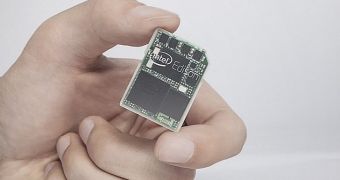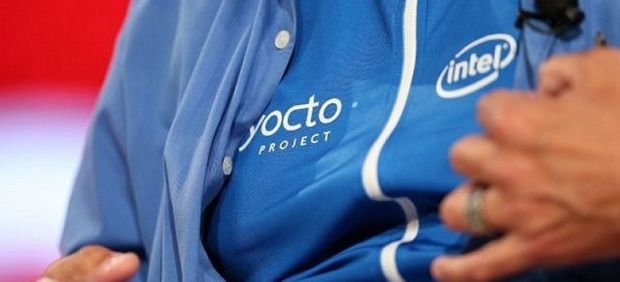We all know what they say about having all your eggs in one basket: that it's a bad, bad idea. Intel might just manage to create a situation where that saying doesn't actually apply though. Or it could repeat what it did with tablets and phones: fail to score any points.
You might have noticed the rapidly growing interest in 3D printing technology, and how things are far enough along for patent spats to start.
The concept of 3D printing is actually three decades old by this point, but only in the last two-three years has actual, palpable success been achieved.
Now, 3D printing technology is, like every other nascent, game-changing market before it, experiencing a massive swell in size and interest.
The same can be said about the wearable electronics industry, though things are a bit farther along there. And robots are striding along unimpeded as well.
Intel has begun to seriously get involved in all three of these markets, even combinations of the two or three, but it seems reluctant to stray from the pattern and bet on something other than the Edison memory card-sized PC module.
Recent developments
Intel has just revealed a 3D printed robot called Jimmy. The bot is supposed to become a sort of mini butler, capable of doing chores around the house.
Now, I suppose that a few decades in the future we might be able to accomplish full 3D printing, but for now, only the plastic exoskeleton can be 3D printed.
The machinery still needs to be made normally, especially the central processing module. And Intel has chosen the Edison.
For something as small as the knee-tall Jimmy, it makes sense to use the chip, but what about everything else?
There is something that will probably eclipse the Jimmy in importance, especially since it is set to debut this summer instead of late 2014: the smart fitness-tracking t-shirt that Intel's CEO wore at the recent Code Conference.
It's not clear if Edison is used there as well. Probably not since it's a bit too big for an article of clothing whose only removable (water-vulnerable) part is the battery.
This does raise a question though: will Intel be making new chips for wearable devices other than Edison? And if so, will it finally give in and do some ARM tinkering, or will it try to get the rest of the world to conform to its own technology yet again?
Where does Intel go from here?
Intel stubbornly stayed away from ARM, and the result was that it missed its second and third chances to carve a foothold in the smartphone and tablet markets.
Edison does a nice enough job of bridging the gap in energy efficiency with ARM-based SoCs from Qualcomm and Samsung, but the distinct lack of media coverage between CES 2014 and now is quite telling. Edison and other “mobile” Intel SoCs have surfaced rarely, no matter how strong the initial hype was.
And it's not like Edison can be used in anything smaller than a smartwatch, or actual clothes. Not easily, and not without making washing the things problematic.
Then, there's the 3D printing and 3D printed toy/robot market, where Arduino is used for the most part in most contraptions.
Jimmy might use the Edison chip from Intel, but only because Intel made it itself. So the question is this: will Intel try to somehow guide the 3D printing, robot and wearable fields into accommodating its processor ideas, or will it finally adapt like it refused to do for mobile devices?
If the three markets are the eggs and Edison (or even x86 core-logic in general) the basket, it might not work out so well. Especially since its rival, AMD, has already adapted and combined x86 with ARM technology.

 14 DAY TRIAL //
14 DAY TRIAL // 

